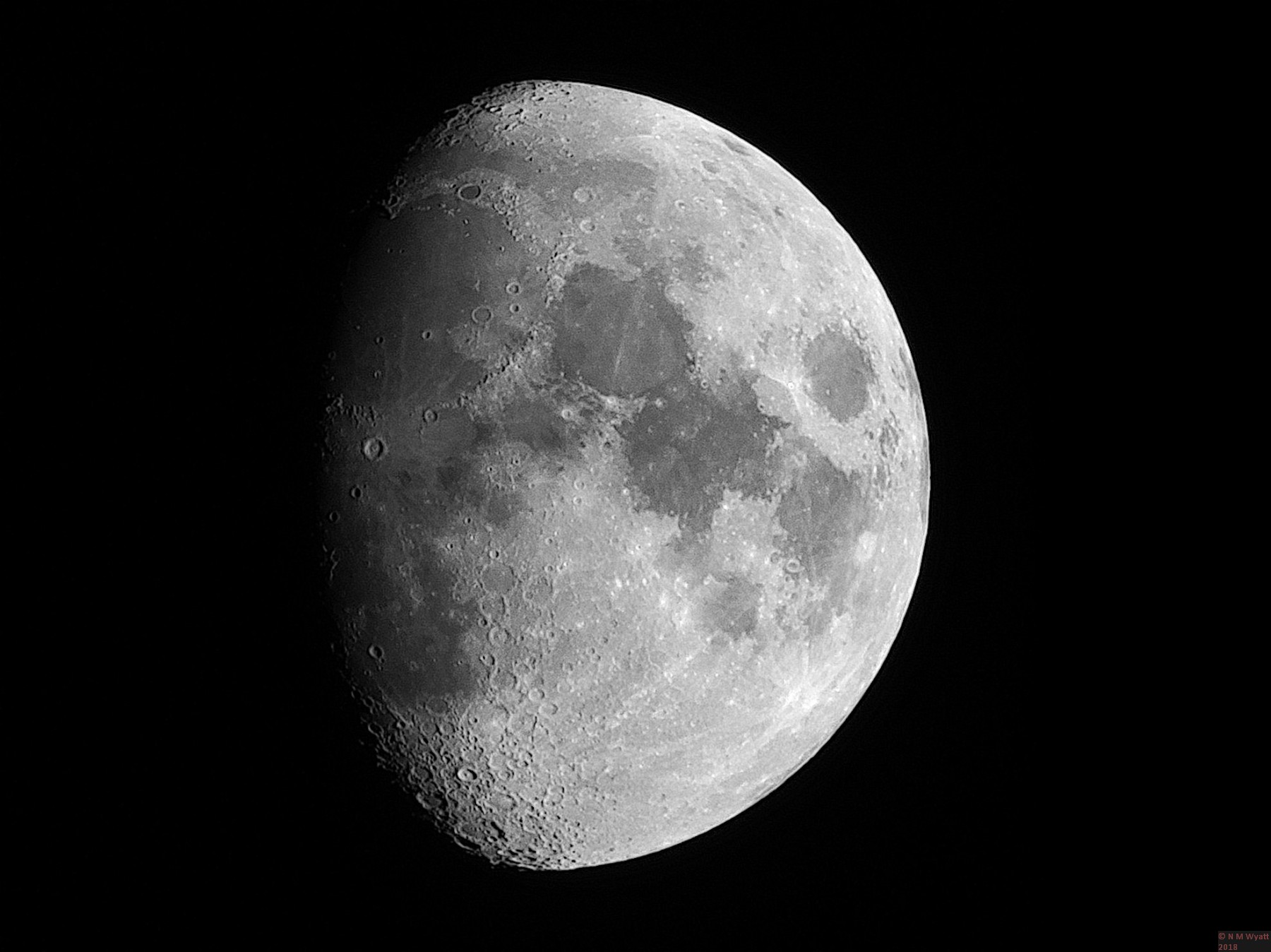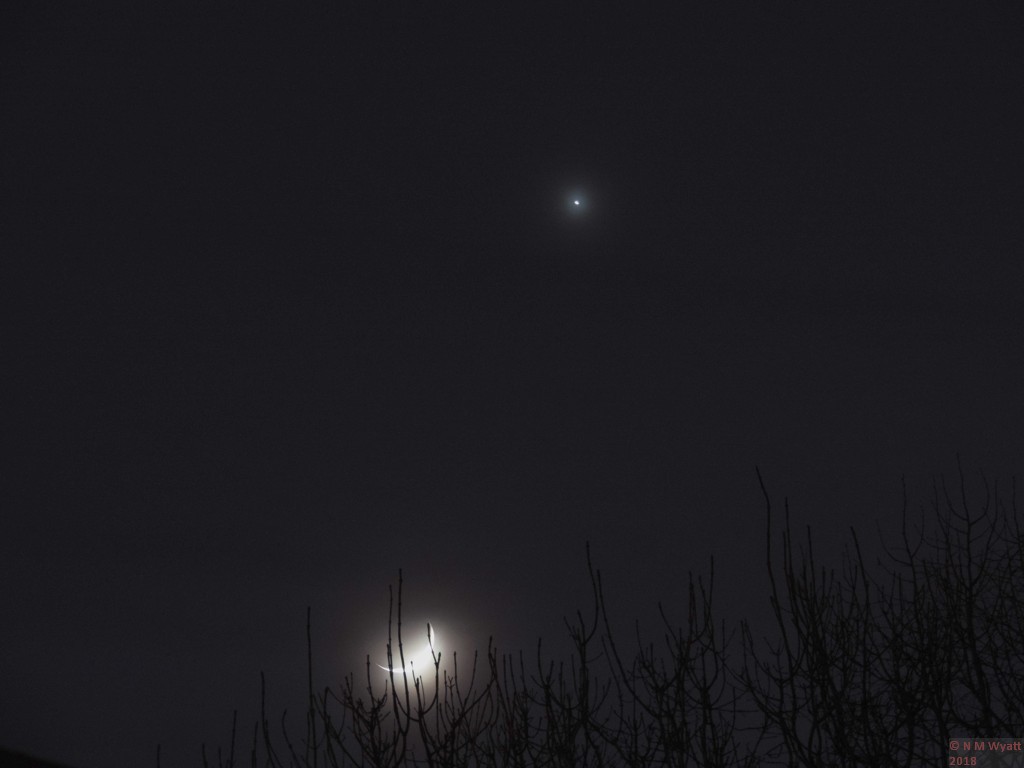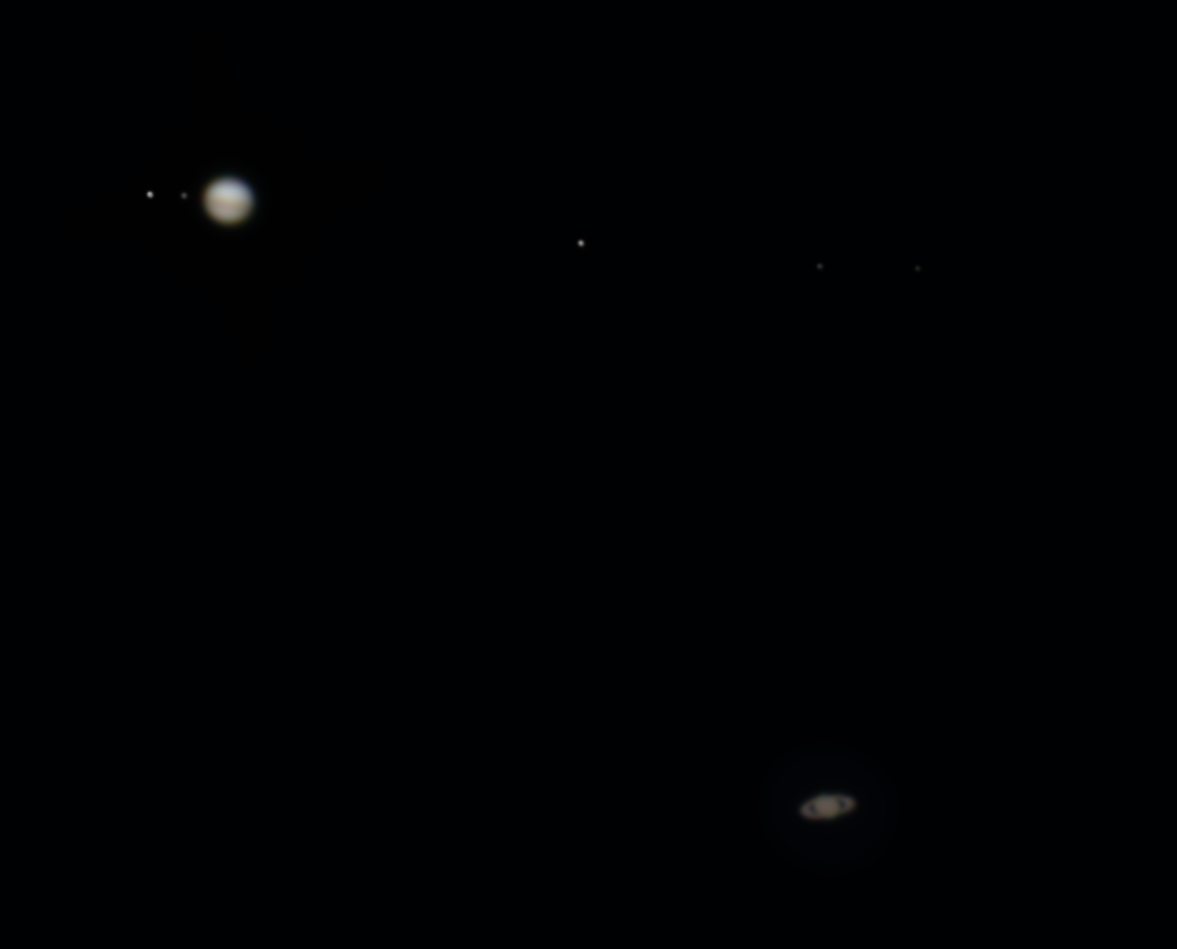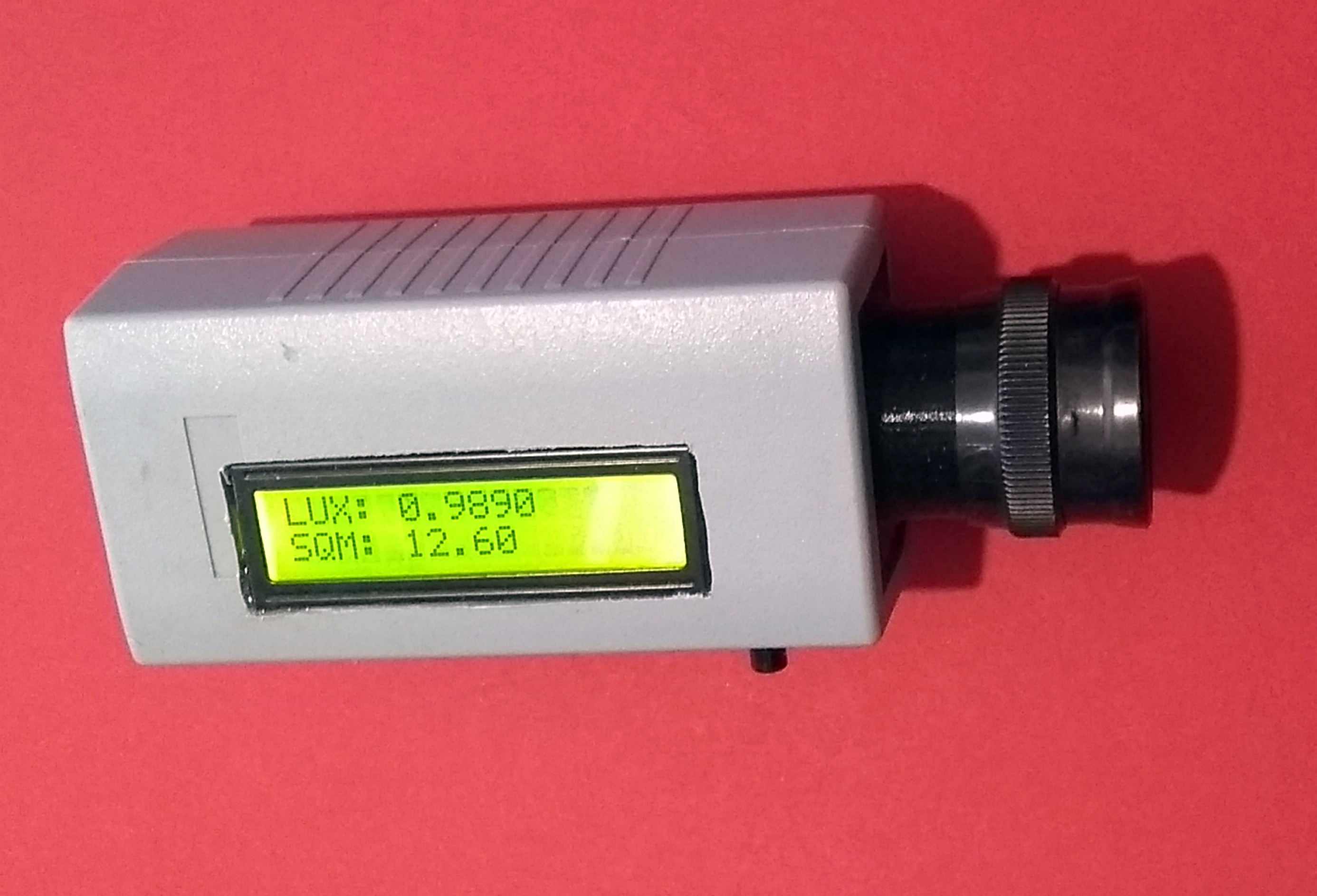If you find this website useful, please check out my books or visit my Amazon Author page. Or even Buy Me a Coffee!
Astronomy
Astrophotography
You are never too old to learn, and one of the thing that has opened my eyes has been discovering the quality of astronomical images that can be produced by amateurs with very modest equipment. By using digital cameras and image processing software it's a realistic ambition to produce images that compare favourably with those produced by the world's biggest telescopes fifty years ago - right in your back yard!
This website does not showcase the best astronomical pictures on the internet! It's a selection of pictures I have taken myself with basic equipment and free software. Producing images like these below, or even better ones, is within your reach!
Most importantly, you don't have to spend a fortune. My first serious scope, mount and tripod cost £180 on Ebay. I spent £40 on a more solid tripod, and about £200 on various bits and pieces including books and an ancient Canon EOS DSLR and a seconhand Microsoft HD Webcam. The results shown before are some of my best so far, and will be updated from time to time.
Perhaps the easiest target in the sky is the moon. You can get good pictures with any long or zoom lens, this is a 'stack' of six pictures taken with an ordinary bridge camera:
A gibbous moon photographed on the isle of Skye.
Follow the links below for introductions to some of the other things you can image in the night sky:
A Conjunction of Moon and Venus
A great conjunction is the apparent closest approach of Jupiter and Saturn as Jupiter 'overtakes' Saturn in its orbit, an event that happens roughly every twenty years. The great conjunction of 2020 was distinguished by being the closest approach since 1623; they will pass very slightly closer in 2080. If this website is still up on 17 June 7541, then the amazing site of the two planets overlapping in the sky will be seen.
The picture below was taken on 20 December 2021, an unusually clear evening, as the following night, when closest approach happened, was forecast to be (and was) heavily clouded in the UK.
The equipment used was a Skywatcher 150PL telescope, HEQ5pro mount and a ZWO ASI1600 camera with ZWO RGB filters and electronic filter wheel.
This image of the moon was taken on the same evening, using the same equipment. For comparison the image of Jupiter and Saturn is a crop to about 10% the area of this image.:
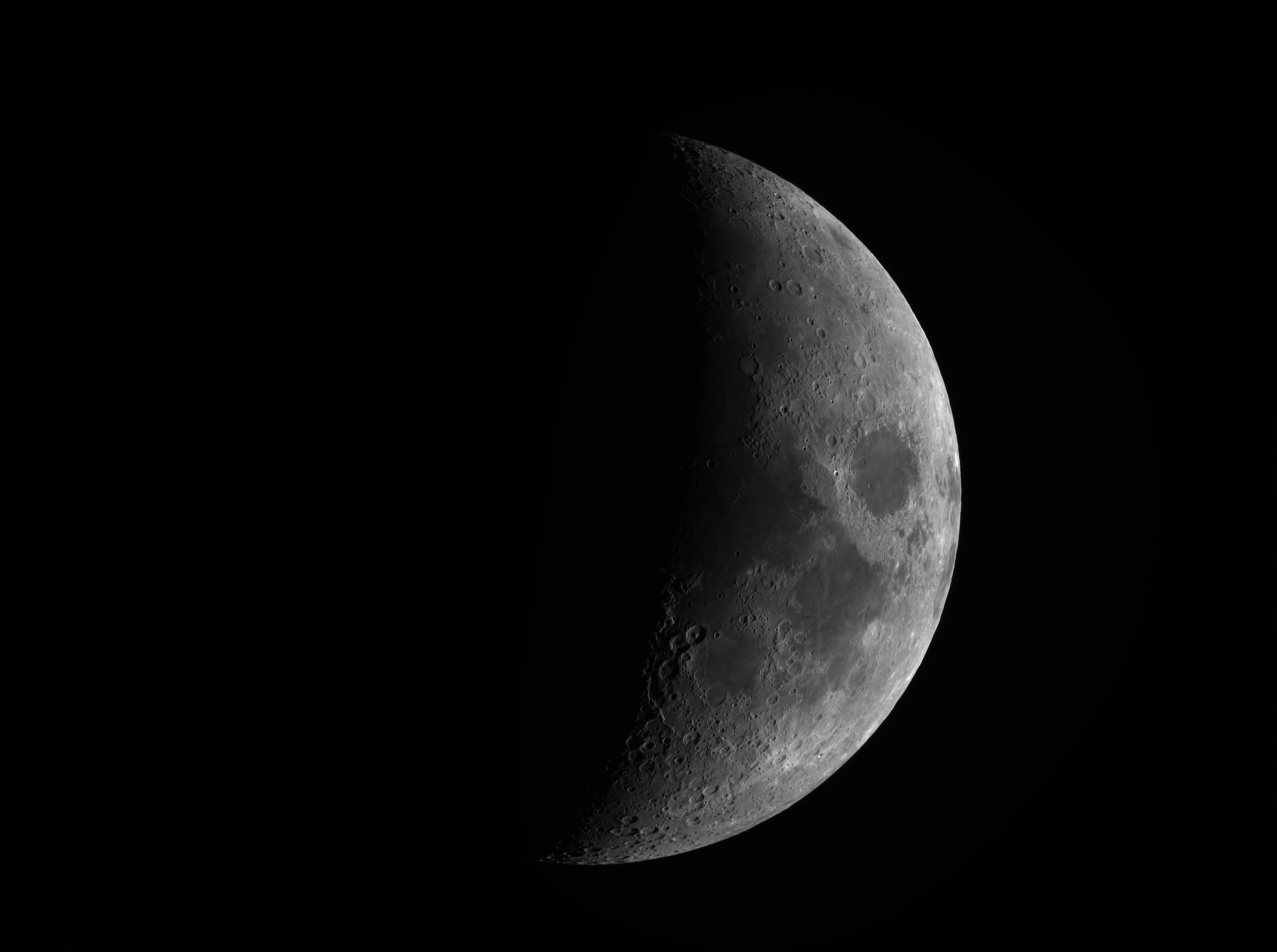
- Details
- Category: Astrophotography
On this page you can download the STL files for the 3D printed 6" Newtonian telescope to be featured in my upcoming book Practical Projects for Astronomers.
Lower tube end and mirror base
Spring bush (print six, two per mirror support spring)
Upper tube end and secondary support
Tube ring (print two and line with thin felt)
Focuser mounting plate (will not suit all focusers, see book for alternatives)
Mounting shoe for Skywatcher/Celestron Finderscopes
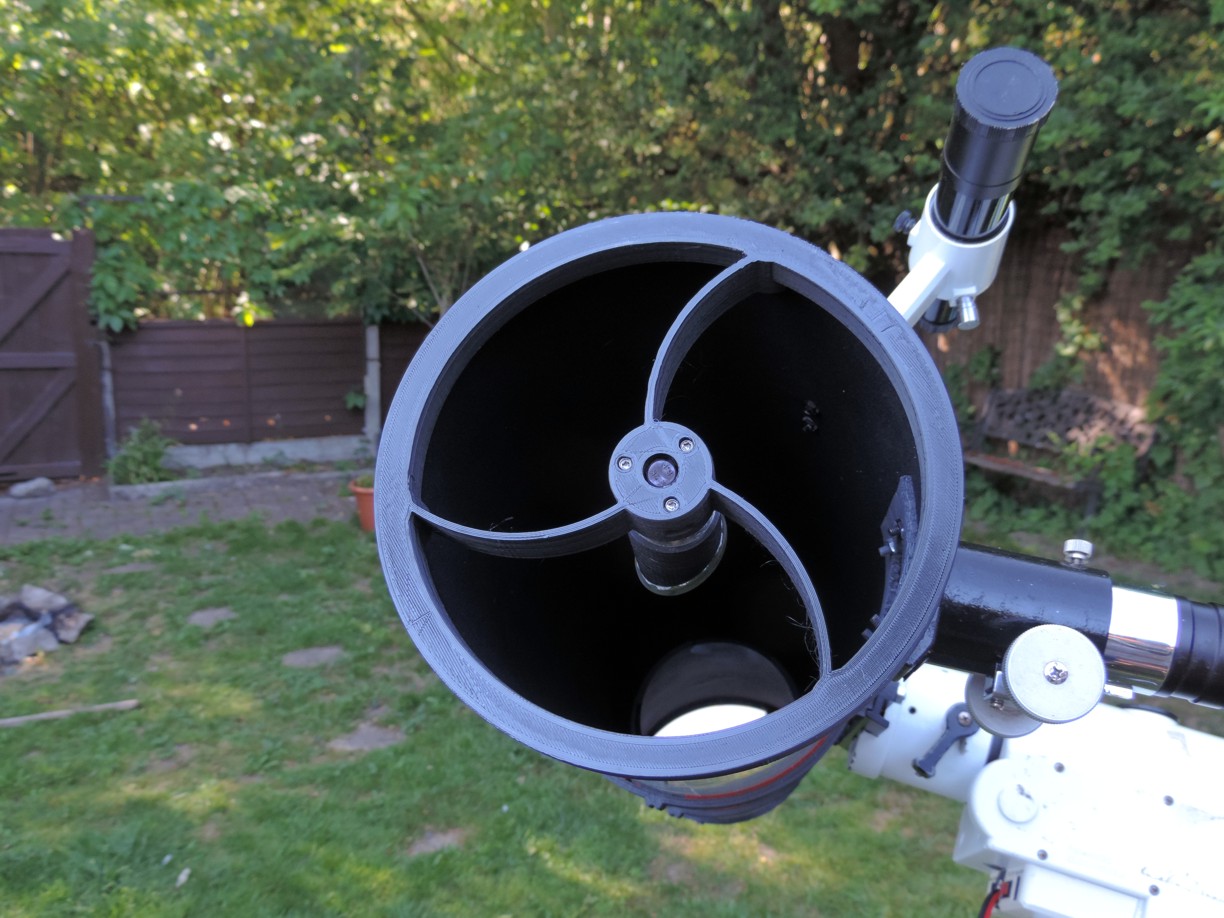
- Details
- Category: Astrophotography
This simple 3D printed polarscope illuminator was designed to work with EQ3 series mounts, but will work with any mount that has a standard 1.25" aperture above the polarscope.
Additional parts are just an LED, a CR2032 button cell and possibly a small slip of paper.
Full details are given in my upcoming book, Practical Projects for Astronomers.

- Details
- Category: Astrophotography
This equatorial dobsonian platform will be featured in my upcoming book 'Practical Projects for Astronomers'.
The motion of the platform is carried out under the control of an Arduino Uno.
Nearer the time of publication you will be able to download STL files for the 3D printed parts here.
- Details
- Category: Astrophotography
Here you can download the software for my Arduino Nano based Sky Quality meter (SQM) using the TSL2591 Light Sensor Module from AdaFruit, to be featured in my upcoming book, Practical Projects for Astronomers.
The software overcomes the low light resolution limitations of the TSL2591 by using oversampling, allowing it to give useful results at very dark sites.
The zip folder also includes STL files for 3D printing parts to go with a 50 x 60 x 120 enclosure.
- Details
- Category: Astrophotography
Page 1 of 23

